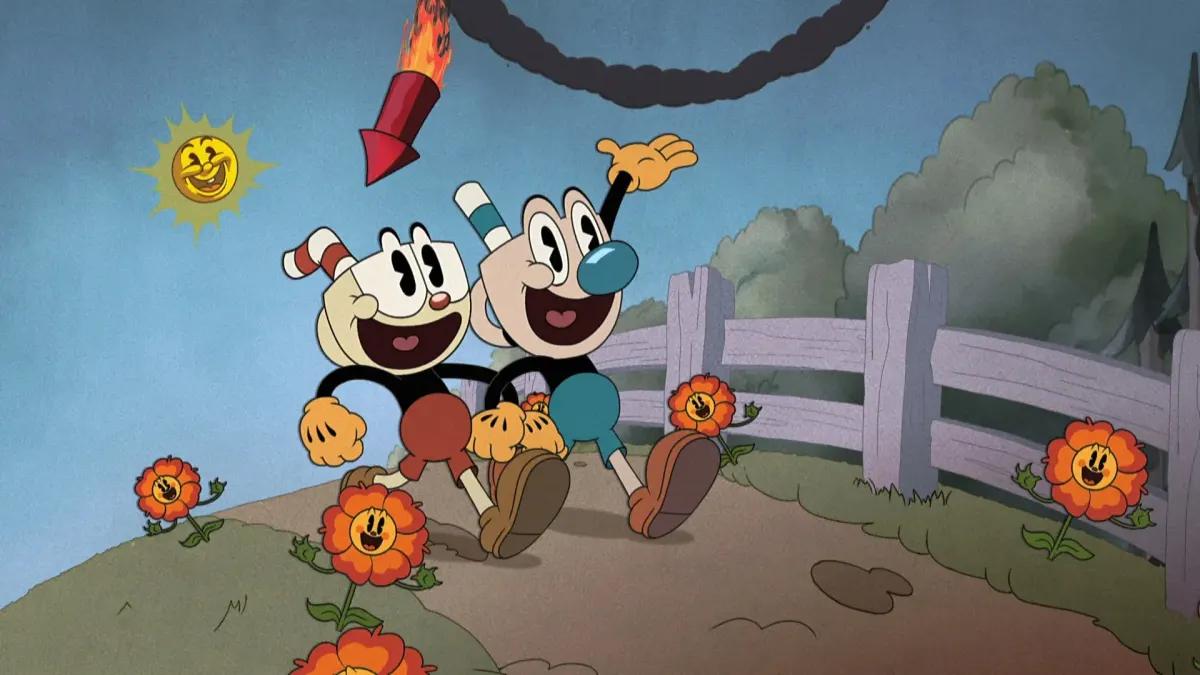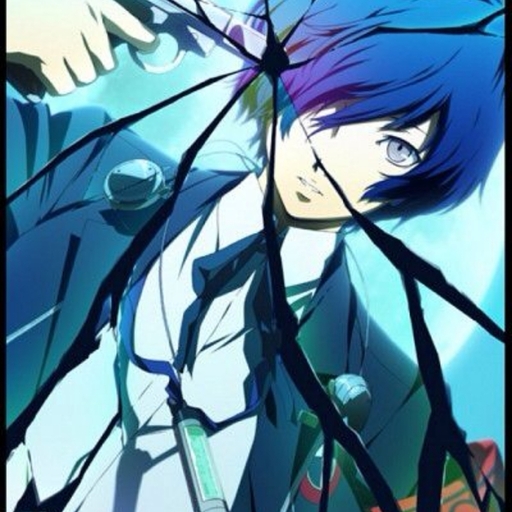Cuphead was one of the best games of 2017, a tough-as-nails boss rush / run-and-gun platformer highly regarded for its animation inspired by Max Fleischer cartoons and early Disney. So it made perfect sense when Netflix announced The Cuphead Show! as an actual animated series, which finally released its first season on February 18. Unlike with the game, however, the reception to the show has been a lot more mixed.
Both fans and critics have been left disappointed by the series due to its lack of substance and short nature. I even did a double-take when I saw that the first season consisted of 12 episodes, yet each episode was about 12 minutes long. Many fans have said that the series only loosely follows the game’s structure and feels like a generic kids show. And you know what? That’s okay. It is perfectly fine for The Cuphead Show! to target younger children and not adults or gamers who played the original game. In fact, that was probably the smartest decision that Netflix Animation, King Features Syndicate, and Studio MDHR made about the show.
The Cuphead Show! follows Cuphead and Mugman and the misadventures that they go on. A third of the episodes deal with how Cuphead is trying to get away from the devil after losing a game of Skee-Ball, but the majority of them are situational comedies that are entirely self-contained. One episode has Cuphead and Mugman stuck in a cemetery trying to escape; another has the pair go on an adventure for the local merchant Porkrind, among many others. Cuphead is your stereotypical hyper-energetic kid with a cocky attitude, while Mugman is his Luigi. The two bicker but ultimately work together to solve whatever problem comes their way.

This should all be familiar to fans of classic animation. Looney Tunes follow this exact same structure where a central character gets into cartoony shenanigans that are quickly resolved. It’s refreshing to see it return in The Cuphead Show! since it is almost entirely opposite of what we expect modern-day cartoons to be like. We expect cartoons nowadays to have a lot more narrative substance to them. It’s hard to watch shows like Avatar: The Last Airbender, Voltron: Legendary Defender, The Owl House, or She-Ra and the Princesses of Power and expect anything other than a multiple-season epic from its contemporaries, but that ignores where the vast root of animation stem from.
Animated shows are traditionally meant to be syndicated for reruns on television at a moment’s notice and to bolster a cable lineup whenever necessary. The problem nowadays is that shows like these don’t mesh well with a streaming service like Netflix. There is no syndication for a streaming service, just content. But when you really get down to it, Cuphead, as a game, almost does function like a syndicated TV show.
Each stage is entirely self-contained, and you can fight the brutal bosses in largely whatever order you like. Likewise, you can then go back to them whenever you like to be entertained. Indeed, beyond their imaginative designs, the bosses have no character to them whatsoever except King Dice and the Devil, and attempting to give them any personality other than “bad guy” wouldn’t make sense. Why would you devote time to flesh out a boss’s history if you’re never going to think of them once you beat them? The bosses are perfect for syndication.

The Cuphead Show! then utilizes the bosses in a way that caters to the game’s structure as well as the structure of a TV show. The episode “Ribby & Croaks” follows the two boxing frogs that served as an early boss in the game and takes place on the boat they fight Cuphead and Mugman on in the game. In the series, they incite the conflict for the episode by taking Cuphead’s $5 and not giving them entry to their boat, and then they don’t appear in the rest of the season. How is that any different from the game? They’re situational antagonists, their plot is wrapped up swiftly, and then we move on to the next challenge / episode.
But even if I did have issues with how the show implements its references and callbacks, it doesn’t really matter because I’m not the target audience. The Cuphead Show! is a series aimed at kids seven and up. It’s a children’s show. To criticize it harshly for not being like the game or being aimed at a younger audience is missing the point. In fact, I’m pretty sure that most people who watch The Cuphead Show! will have never played the game it’s directly based on. Kids will discover a bouncy and energetic cartoon and probably find what’s here incredibly entertaining.
More importantly, a parent who may be interested in showing their child this will find that there aren’t any negative messages here either. Cuphead is a mischievous little scamp, sure, but when he makes a mistake, he does learn his lesson by the end of the episode. The comedy is solid, and it doesn’t differ too much from classic Looney Tunes or even ‘90s Nickelodeon or Cartoon Network shows.
The Cuphead Show! isn’t a revolutionary feat of animation or a grand narrative journey, but it’s not trying to be. It’s just trying to be an entertaining kids show, and it stands out from the crowd not only with its retro-inspired animation but also its retro production style. Adults can enjoy it and I certainly had some fun with it, but I’m not the target audience and that’s okay. This isn’t a show that will appeal to hardcore gamers like maybe Halo will, and that’s also okay. I love the original game, and the series, while not perfect, is good enough and will tide me over until The Delicious Last Course releases in June.






Published: Feb 22, 2022 12:00 pm